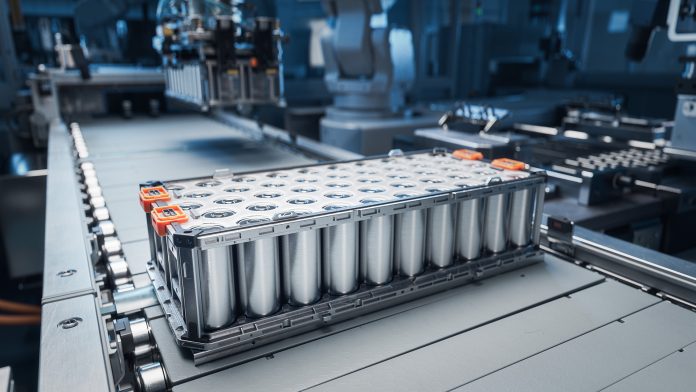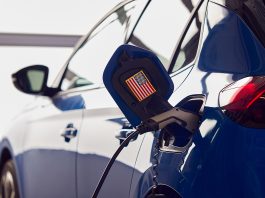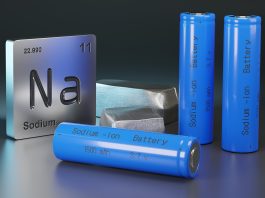Researchers from Ningbo University in China and the University of Puerto Rico-Rio Piedras Campus in the US have developed an ultralow-concentration electrolyte that may be suitable for practical applications in lithium-ion batteries.
Lithium salts make batteries powerful but more expensive. An ultralow-concentration electrolyte based on the lithium salt LiDFOB has the potential to provide a more economical and sustainable alternative.
Cells using these electrolytes and conventional electrodes have been shown to have high performance.
As well as this, the electrolyte could facilitate both production and recycling of the batteries.
The work has been reported in the journal Angewandte Chemie.
Most lithium-ion batteries have liquid electrolytes
Lithium-ion batteries have many everyday uses, being used to power smartphones, electric vehicles, and for energy storage.
Lithium-ion batteries consist of lithium cobalt oxide cathodes, graphite anodes, and liquid electrolytes that deliver mobile ions for the decoupled cathode and anode reactions.
The electrolytes determine the properties of the interphase layer that forms on the electrodes, affecting battery cycling performance.
Why have ultralow-concentration electrolytes been developed?
Commercial electrolytes are mostly based on a system formulated 30 years ago – 1.0 to 1.2 mol/L lithium hexafluorophosphate (LiPF6) in carboxylic acid esters (‘carbonate solvent’).
Over the last ten years, scientists have developed high-concentration electrolytes that increase battery performance by favouring the formation of robust inorganic-dominated interphase layers.
However, these types of electrolytes have drawbacks: high viscosity, poor wetting ability, and inferior conductivity.
They also require a large amount of lithium salts, making them very expensive.
To reduce costs, the team has studied ultralow-concentration electrolytes.
However, these electrolytes have an organic-dominated and less stable interphase layer as the battery cell decomposes more solvent than the few salt anions.
The team created an electrolyte that can be used in lithium-ion batteries
The ultralow-concentration electrolyte developed by the team, LiDFOB/EC-DMC, has the potential to be used in lithium-ion batteries.
LiDFOB is a common additive and significantly cheaper than LiPF6. EC-DMC is a commercial carbonate solvent.
The new electrolyte has a potentially record-breaking low salt content of 2 weight percent. However, it has a sufficiently high ionic conductivity to operate a battery.
In addition, the properties of the DFOB¯ anions allow for the formation of an inorganic-dominated, robust interphase layer on LCO and graphite electrodes. This results in outstanding cycling stability in half and full cells.
Benefits of the new electrolyte
While the LiPF6 in current use decomposes in the presence of moisture, releasing highly toxic and corrosive hydrogen fluoride gas (HF), LiDFOB is water- and air-stable.
Lithium-ion batteries with this ultralow-concentration electrolyte can be made under ambient conditions – an additional cost-saving feature.
Recycling would also be made easier, leading to greater sustainability.









